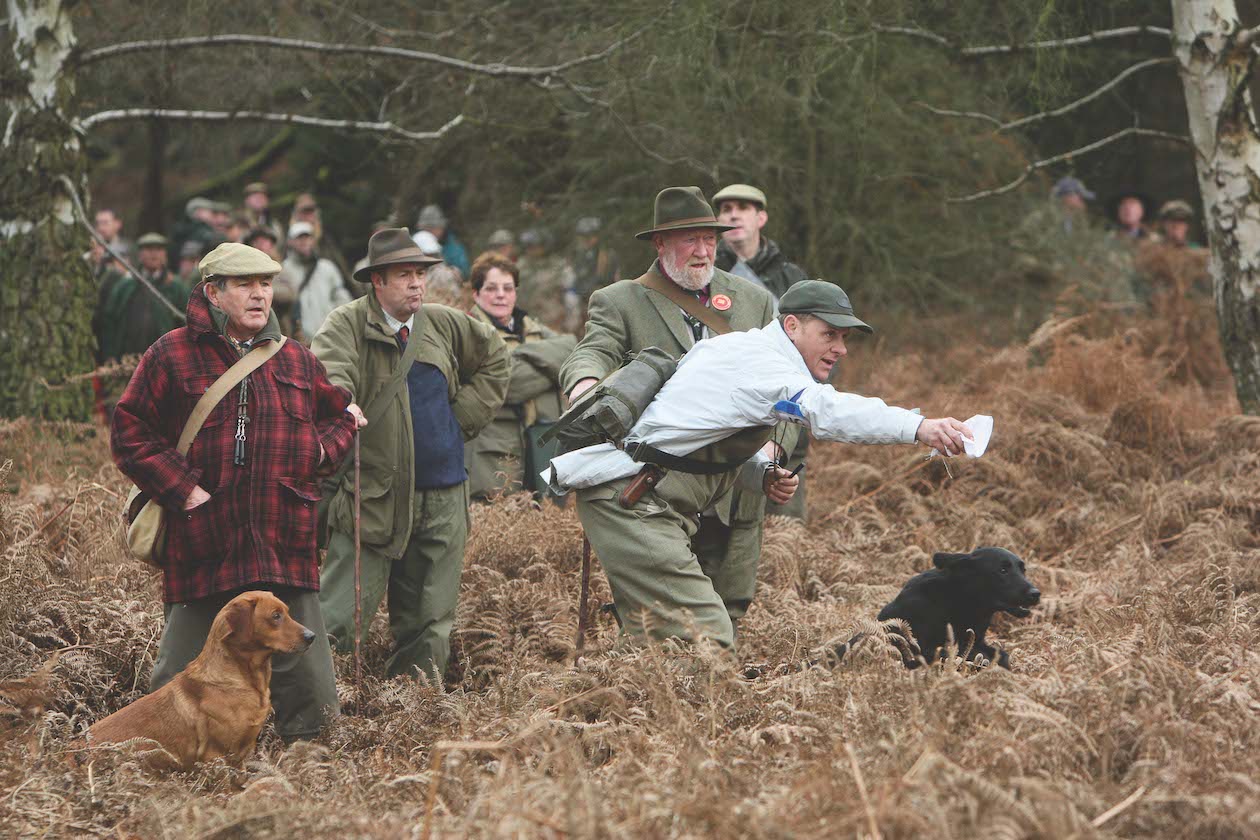Why does my sprocker refuse to retrieve?
I have a two-year-old sprocker that stops and hunts on command, stays very close and is highly attentive – but…
Win CENS ProFlex DX5 earplugs worth £1,149 – enter here

Over the past four years I have been running gundog training classes and have been taken aback about how confused people get with their basic gundog commands. And if the handler is confused and inconsistent, it is unsurprising that their dogs also become confused and are inconsistent in what they do.
Over the years I have been lucky enough to witness some of the best handlers in the country work their gundogs. My overriding observation is how consistent they are with their verbal commands and how persistent they are that the dogs obey that request. Novice handlers can be confused as to which commands to use for a particular behaviour. A common fault is the constant use of a dog’s name. The dog’s name is just that – its name. It is not a command or instruction and it isn’t asking the dog to do anything. (Read more about hand signals for gundogs here.)
Dogs learn by repetition. For example, we can teach our dog to sit by gently pushing its backside on the ground at the same time as saying ‘sit’. Eventually the dog will connect the word with the action. We could substitute the word ‘sit’ for any other word. We could, for example, use the word ‘banana’ and the dog would eventually connect that particular word with the action of sitting.
In gundog training, we have some basic gundog commands that are not found in any other dog activity. Some spaniel handlers like to use the word ‘hup’ when getting their dogs to sit, but I have never heard a retriever handler or trainer use the same word.
Another unique command to the gundog world is the phrase ‘hi lost’. This is used when a dog is in the area of a retrieve (particularly a blind retrieve) and the handler wants the dog to get its nose down and hunt the immediate area. The word has to be connected to the action by training and although it is predominately used by retriever handlers, it is a useful skill to teach any breed of gundog.
I have a two-year-old sprocker that stops and hunts on command, stays very close and is highly attentive – but…
There are some commands your gundog can be taught from an early age and will stay with him for the…
Gundog training: How do I train my gundog to ‘get back’ when out on a pheasant shoot?
Gundog training: I am training my new dog and want to get her used to the stop whistle. Some people…
To slightly confuse matters, there are other command phrases that are only used for certain breeds of gundogs. One example is the ‘back-and-fetch’ command. I have only heard this used by hunt, point, retrieve (HPR) handlers. It is basically used when the dog is at the side of the handler and is sent out for a retrieve. I have never managed to get a definitive answer as to why this is used when, as a spaniel handler, I would just say ‘fetch’. But, as I said, it doesn’t matter what words/commands you use as long as you use them consistently.
The overriding factor is to make your commands simple and concise. Do that and your dog will do what you want it to do and when you want it to, and your working relationship will be on a sound footing and flourish for years to come.
There are some breed and indeed trainer/handler variations, but there are common basic gundog commands that are used across the gundog-training community. (Read our detailed guide to gundog commands, terminology and phrases which also covers hunting/retrieving commands.
Get the latest news delivered direct to your door
Discover the ultimate companion for field sports enthusiasts with Shooting Times & Country Magazine, the UK’s leading weekly publication that has been at the forefront of shooting culture since 1882. Subscribers gain access to expert tips, comprehensive gear reviews, seasonal advice and a vibrant community of like-minded shooters.
Save on shop price when you subscribe with weekly issues featuring in-depth articles on gundog training, exclusive member offers and access to the digital back issue library. A Shooting Times & Country subscription is more than a magazine, don’t just read about the countryside; immerse yourself in its most authoritative and engaging publication.

